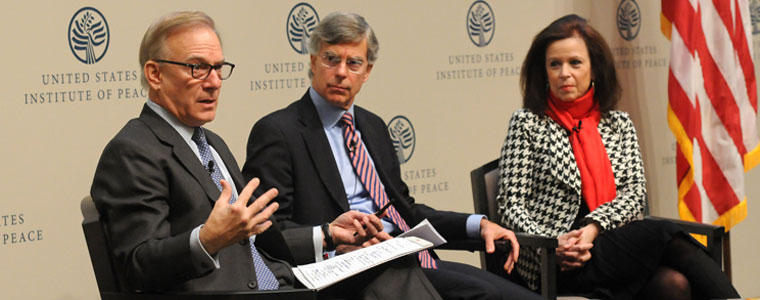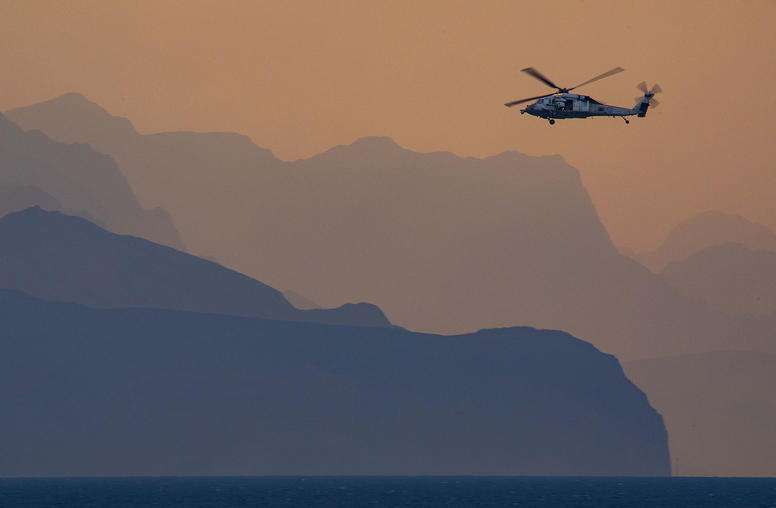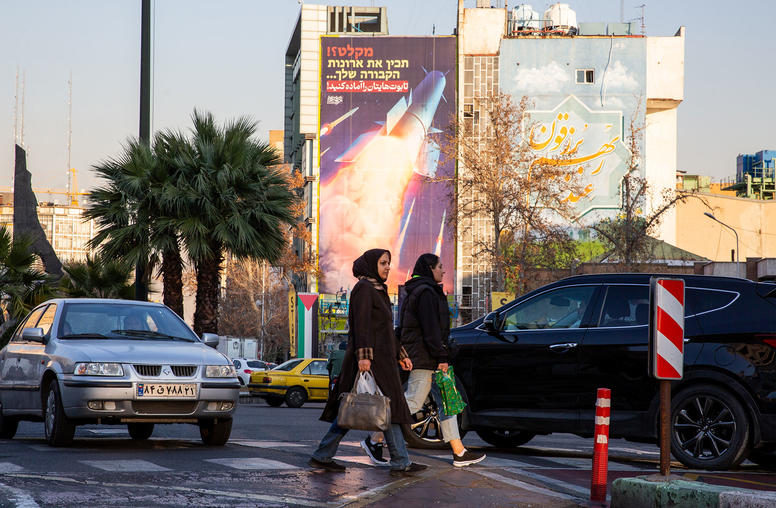Inside Iran
With Robin Wright and David Ignatius
Read the Event CoverageTwo long-time Middle East experts have recently returned from Iran. Their discussions with cabinet members, ayatollahs, hardliners, Members of Parliament, economists, opposition figures and ordinary Iranians offer rare insights into Iran’s increasingly vibrant political scene since President Rouhani took office and the implications of the new nuclear agreement. Robin Wright and David Ignatius offered fresh perspectives on what’s next.

On January 9, USIP hosted a moderated discussion on these and other issues important to Iran, its internal politics, and its relations with the world. Continue the conversation on Twitter with #InsideIran.
Speakers
Robin Wright
Journalist and Author, U.S. Institute of Peace and Woodrow Wilson International Center
David Ignatius
Columnist and Author, The Washington Post
Ambassador William Taylor, Moderator
Vice President, Center for Middle East & Africa, U.S. Institute of Peace



